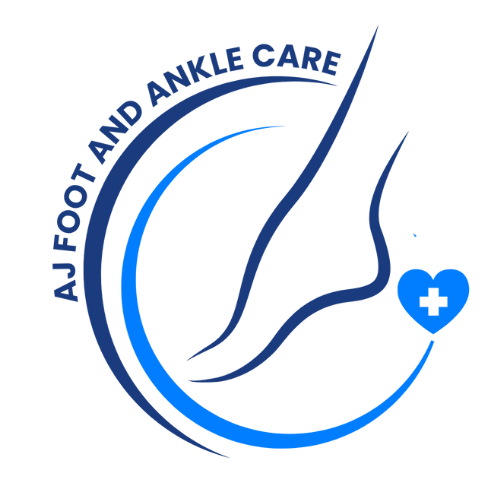Athlete's Foot
Athlete’s foot is a common fungal infection that affects the skin of the feet. Despite the name, anyone can develop athlete’s foot, not just athletes. The condition thrives in warm, moist environments and is easily spread in places like locker rooms, swimming pools, and communal showers.
What Is Athlete’s Foot?
Athlete’s foot is caused by a fungus that grows on the skin, especially in areas that are often warm and damp. It typically begins between the toes but can also affect the soles of the feet and even spread to the toenails or hands if left untreated.
Common Symptoms
Symptoms of athlete’s foot can range from mild to severe and may include:
-
Itching, stinging, or burning between the toes or on the soles
-
Dry, scaly, or peeling skin
-
Redness or inflammation
-
Cracks or blisters that may ooze or crust over
-
A persistent foul odor
-
Thickened or discolored toenails if the infection spreads
These symptoms may worsen after exercise or when wearing shoes for extended periods.
How It Spreads
The fungus that causes athlete’s foot is highly contagious and spreads through direct contact with infected skin or contaminated surfaces. You can get athlete’s foot by:
-
Walking barefoot in public showers, locker rooms, or around pools
-
Sharing towels, socks, or shoes with someone who has the infection
-
Wearing tight, non-breathable shoes or sweaty socks for long periods
Diagnosis
A healthcare provider can usually diagnose athlete’s foot with a visual examination. In some cases, a skin scraping may be taken for laboratory testing to confirm the presence of fungus or rule out other skin conditions.
Treatment Options
Athlete’s foot often responds well to treatment, especially when caught early. Common options include:
-
Topical antifungal creams, sprays, or powders: These are applied directly to the affected skin and are often the first line of treatment.
-
Oral antifungal medication: Used in more severe or stubborn cases.
-
Medicated foot soaks or wipes: Help keep the feet clean and reduce fungal growth.
-
Foot hygiene education: Essential to prevent recurrence and spread.
Your provider will recommend the best course of treatment based on the severity and location of the infection.
Preventing Athlete’s Foot
You can reduce your risk of developing or spreading athlete’s foot by taking a few simple precautions:
-
Keep your feet clean and dry, especially between the toes
-
Change socks daily or more often if your feet sweat
-
Wear breathable, well-ventilated shoes
-
Use antifungal powder or spray if you are prone to infections
-
Avoid walking barefoot in public areas
-
Do not share shoes, towels, or socks with others
When to See a Specialist
You should see a provider if:
-
Over-the-counter treatments are not working
-
The infection keeps coming back
-
You have diabetes or poor circulation and notice signs of a foot infection
-
The rash spreads to other parts of your body
-
You develop blisters, ulcers, or signs of a secondary bacterial infection
About Dr. Mansoori
Dr. Jasmin Mansoori is a board-certified podiatrist known for her compassionate approach, clinical expertise, and commitment to delivering thoughtful, patient-centered care.
Quick Connect
office@ajfootanklecare.com
469-398-1972
737-247-7483
2301 Ohio Dr., Ste 182
Plano, TX 75093
Office Hours
Mon-Fri : 9AM – 5PM
© 2025 AJ Foot and Ankle Care. All rights reserved.
